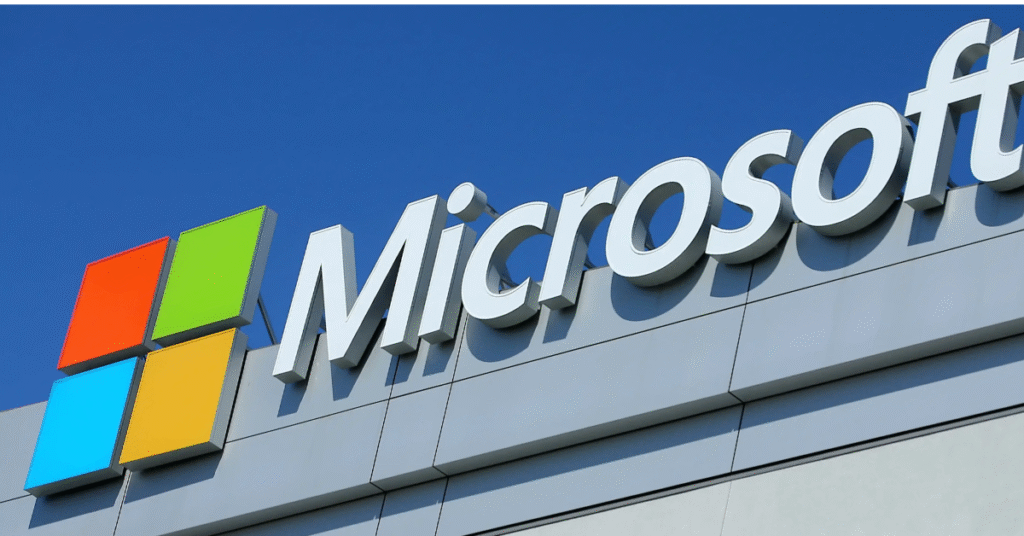A severe zero-day vulnerability in Microsoft’s on-premises SharePoint Server (CVE-2025-53770, dubbed “ToolShell”) is being actively exploited worldwide. Early breaches show attackers with full remote code execution, persistent access, and cryptographic key theft—raising alarms for governments, enterprises, and critical institutions.
Why It’s Dangerous
- Attackers can infiltrate SharePoint servers via unauthenticated remote code execution, insert malware, and steal or manipulate data.
- Tools like Eye Security and Palo Alto Unit 42 warn that once attackers deploy web shells, detection is tough often leading to lateral movement across connected systems.
- Over 8,000 servers, spanning energy firms, banks, universities, and government agencies, have been identified as vulnerable.
Microsoft & Agencies Sound the Alarm
- Microsoft has issued emergency patches for SharePoint Subscription Edition and SharePoint 2019; a fix for SharePoint 2016 is in progress.
- U.S. CISA added CVE-2025-53770 to its KEV list, urging immediate remedial action.
- FBI and U.K.’s NCSC confirmed active threats, underscoring global urgency.
What Organizations Should Do Now
- Apply all patches including ASP.NET machine key rotation and AMSI/Defender integration
- Isolate affected servers: disconnect from the internet if patching isn’t possible immediately
- Assume compromise: conduct intrusion assessments, credential resets, and threat hunts on suspicious environments
Final Word
This isn’t a drill. The SharePoint zero day is being weaponized in real time. If your IT systems rely on on premises SharePoint Server especially in sectors like healthcare, education, finance, or government it’s time to act immediately. Patching alone isn’t enough. A comprehensive incident response and preventive hygiene are critical.
Stay alert. Stay protected.
For deeper updates on emerging tech threats and enterprise resilience strategies, follow StartupStoryindia

